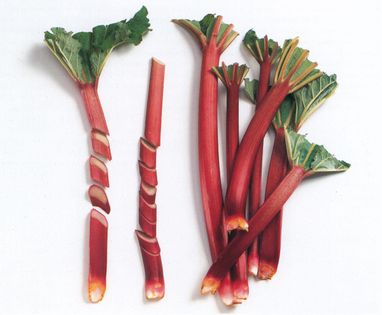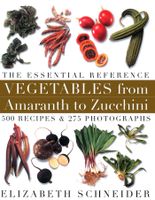Advertisement
Rhubarb
Rheum rhabarbarum

Appears in
Published 2001
Imagine that you’ve spent the winter eating fruits and vegetables rationed from a root cellar and canning jars. Now imagine the first rosy rhubarb of the year, welcome as new grass. Not so long ago, rhubarb held a special place in the culinary calendar as a unique fresh food, the earliest harbinger of spring.
Rhubarb is easy to grow; the crowns—from which the shoots develop, asparagus-like—will produce for decades. In fact, the plant is difficult to eliminate once it takes root. A relative of buckwheat, its flavor earthy and bracingly sour, rhubarb thrives in cold climates— although its glowing color suggests the tropics. But the shocking pink and chartreuse are closer to imperial Chinese satin than a Caribbean sunset, for rhubarb species originated in Western China, Tibet, Mongolia, Siberia, and neighboring areas.


